The Introduction of Electromagnetic Launch Systems
The late 20th century witnessed another leap forward in launched roller coaster technology with the advent of electromagnetic launch systems. Utilizing powerful electromagnetic fields, these coasters deliver faster acceleration and increased control and efficiency. They require fewer “moving parts” and therefore wear and tear is decreased. These launch systems employ electromagnetic fields and magnets to propel the coaster trains along the track. There are two types of electromagnetic launch systems: linear induction motors and linear synchronous motors.
Linear induction motors or LIM were first introduced as a coaster launch mechanism in 1996 with the construction of Flight of Fear (formerly The Outer Limits: Flight of Fear) at both Kings Island and Kings Dominion. This was the first use of this technology to launch coasters, but LIM was actually used in other theme park attractions such as the Tomorrowland Transit Authority People Mover at Walt Disney World. The Flight of Fear coasters were the first roller coasters to feature LIM technology and sent riders blasting off from 0-54 miles per hour in only 4 seconds. Both coasters are still operating today.
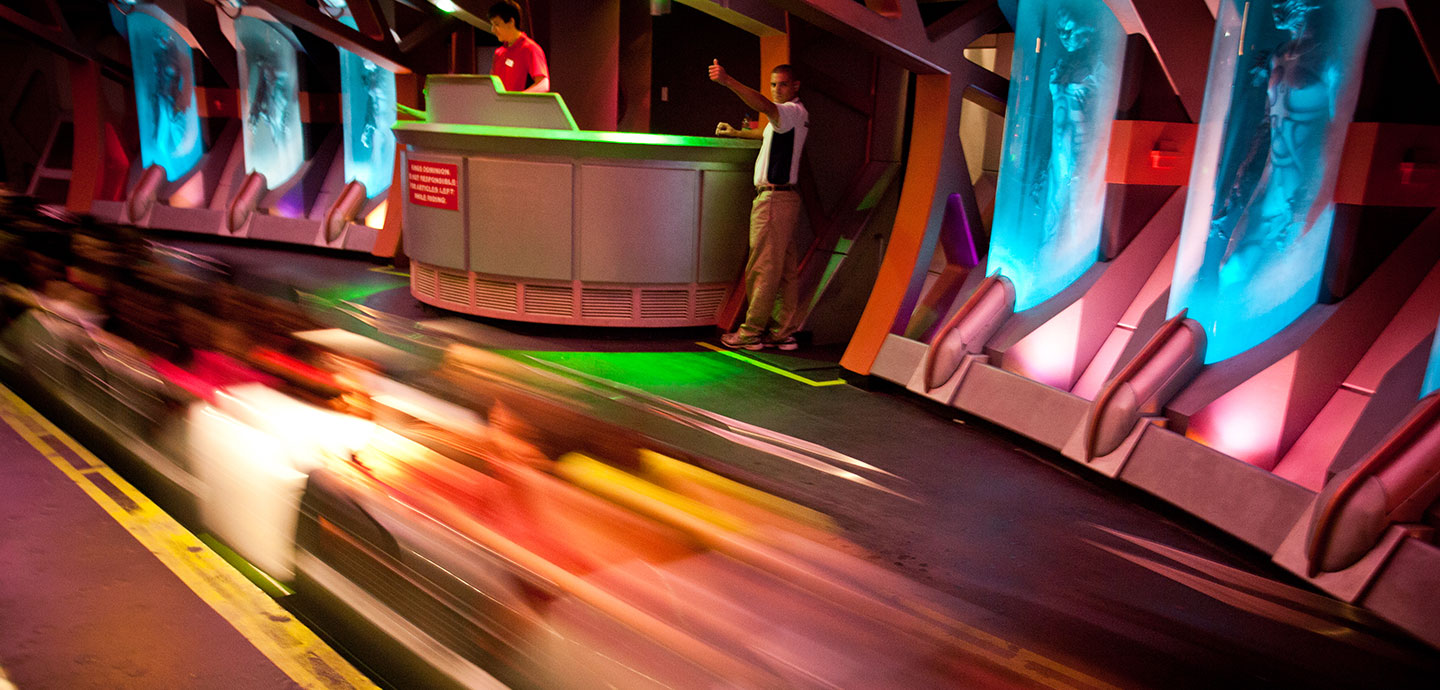
Linear synchronous motors or LSM were introduced only a year after the first LIM coasters by popular coaster manufacturer Intamin. Intamin created Tower of Terror and Superman: Escape From Krypton (formerly Superman: The Escape). While the layout is simple, these powerhouse coasters launched riders to a speed of over 100 miles per hour, and they were the fastest and tallest roller coasters in the world at the time. LSM launches became extremely popular among many coaster manufacturers, but the desire to create a more powerful and faster launch system continued.
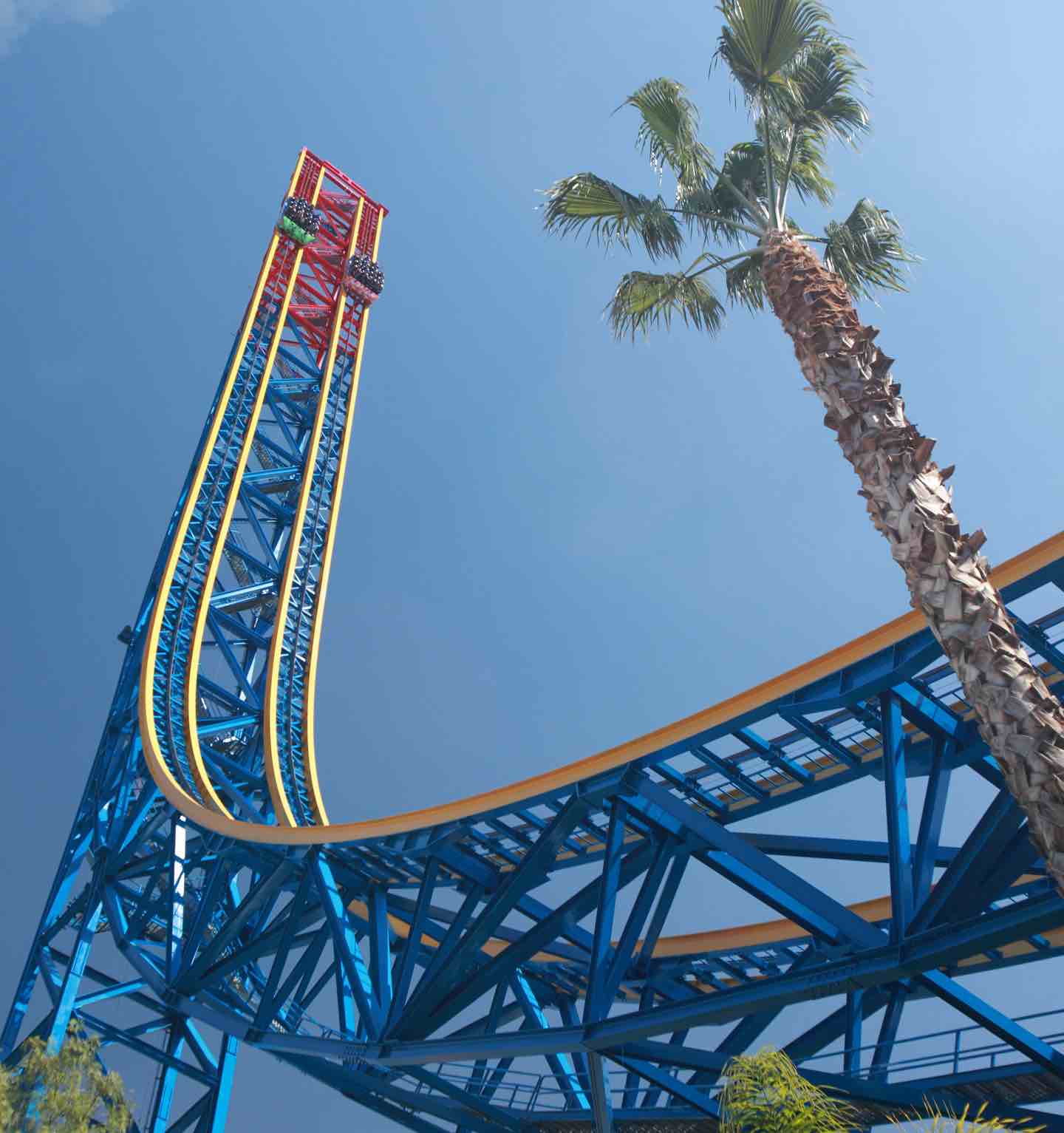
Adding More Power With Pneumatic and Hydraulic Launch Systems
In the early 2000s, manufacturer S&S turned to pneumatic launch systems. Pneumatic coasters use compressed air to generate remarkable acceleration. The technology is very similar to launch towers, except the vehicles are propelled another the track rather than up a tower.
The first pneumatic launch coaster was Hypersonic XLC at Kings Dominion. This coaster sent riders flying from 0-80 miles per hour in under two seconds. A second coaster of this model was built at Fuji-Q Highland in Japan. Do-Dodonpa exceeded Hypersonic XLC’s prior statistics with a 0-112 mph launch in under 2 seconds. This led to it becoming the fastest coaster in the world. While Hypersonic XLC closed only 6 years after opening, Do-Dodonpa had remained open until 2021 but is listed as “currently suspended”. The coaster had been considered to have the fastest acceleration of any coaster.
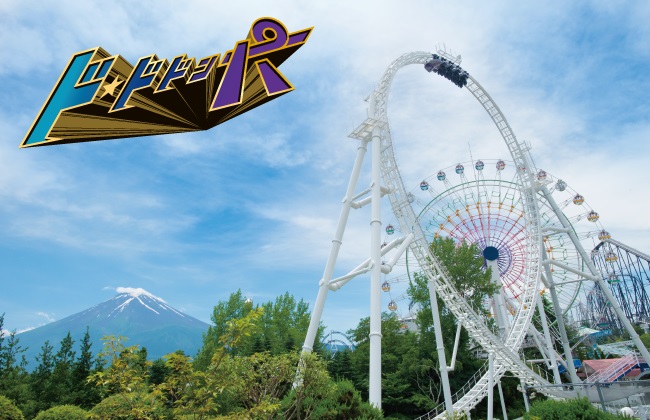
In the pursuit of even greater speeds, Intamin developed a new launch technology that would be used to create the tallest and fastest coasters in the world. These new mechanisms known as hydraulic launch systems employed pressurized fluid to generate immense force, propelling roller coasters to breathtaking speeds. The first hydraulic launch coaster would open in 2002 as Xcelerator at Knott’s Berry Farm. Xcelerator launched riders to a speed of just over 80 miles per hour. Although this coaster didn’t break the speed record set by Do-Dodonpa, it laid the groundwork for one of the most infamous record-breaking coasters, Top Thrill Dragster.
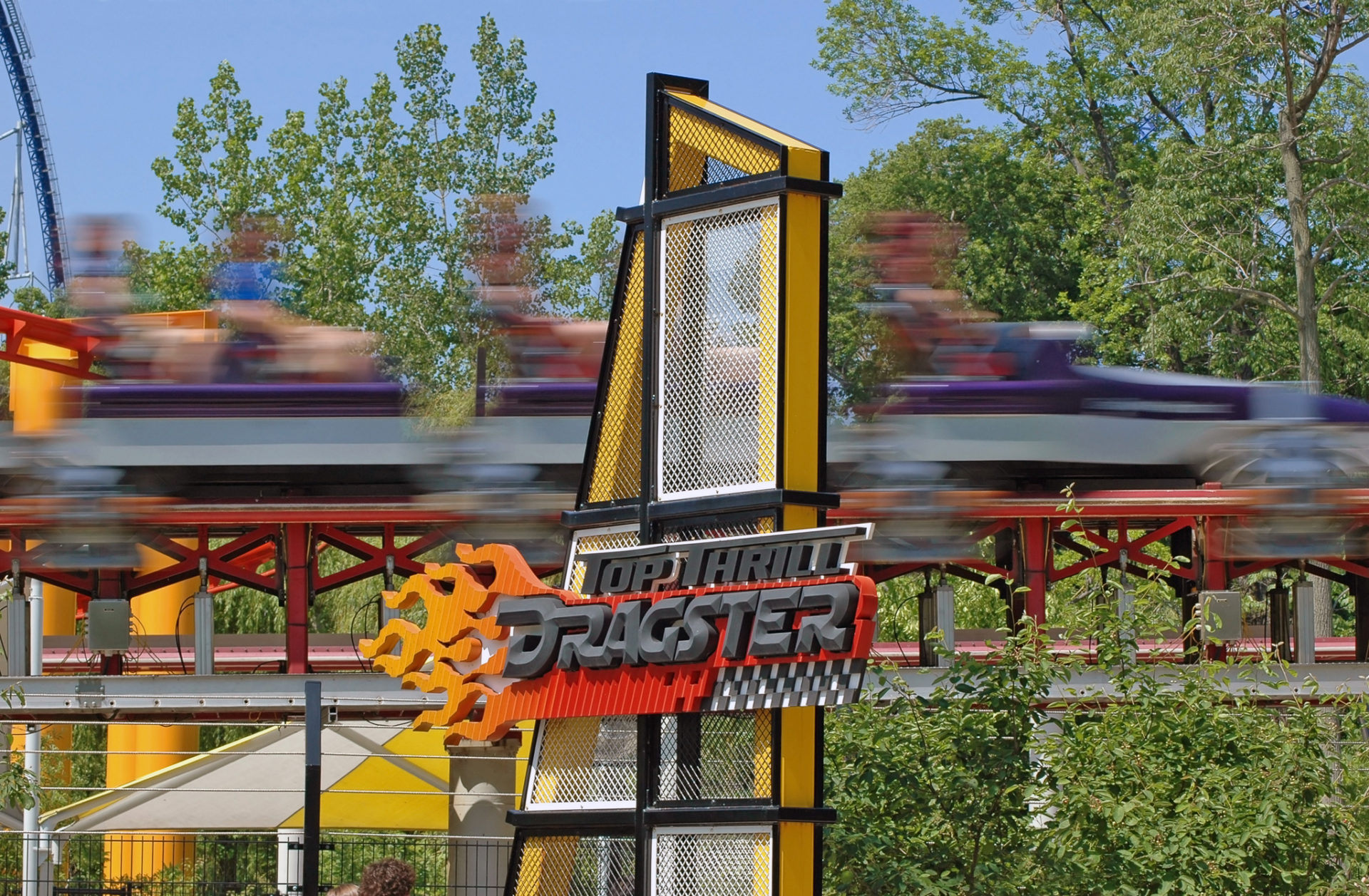
Top Thrill Dragster was the first strata coaster and launched riders to a speed of 120 miles per hour in only four seconds. Additionally, the coaster broke the height record at over 400 feet. Intamin would build their second strata coaster two years later and it would break both the height and speed records set by Top Thrill Dragster. Kingda Ka remains the tallest roller coaster in the world. However, the speed record was taken by another hydraulic launch coaster in 2010.
Also manufactured by Intamin, Formula Rossa at Ferrari World in Abu Dhabi holds the title of fastest roller coaster in the world at 149 miles per hour. Riders are even instructed to wear safety glasses to protect their eyes from dust during the ride. Unlike its strata coaster predecessors, Formula Rossa includes several airtime hills and banked turns. Unfortunately, hydraulic and pneumatic launch systems, while powerful, encounter significant downtime and require very specific conditions to operate properly. The unreliability of these launch systems led the focus to shift back toward electromagnetic launches.
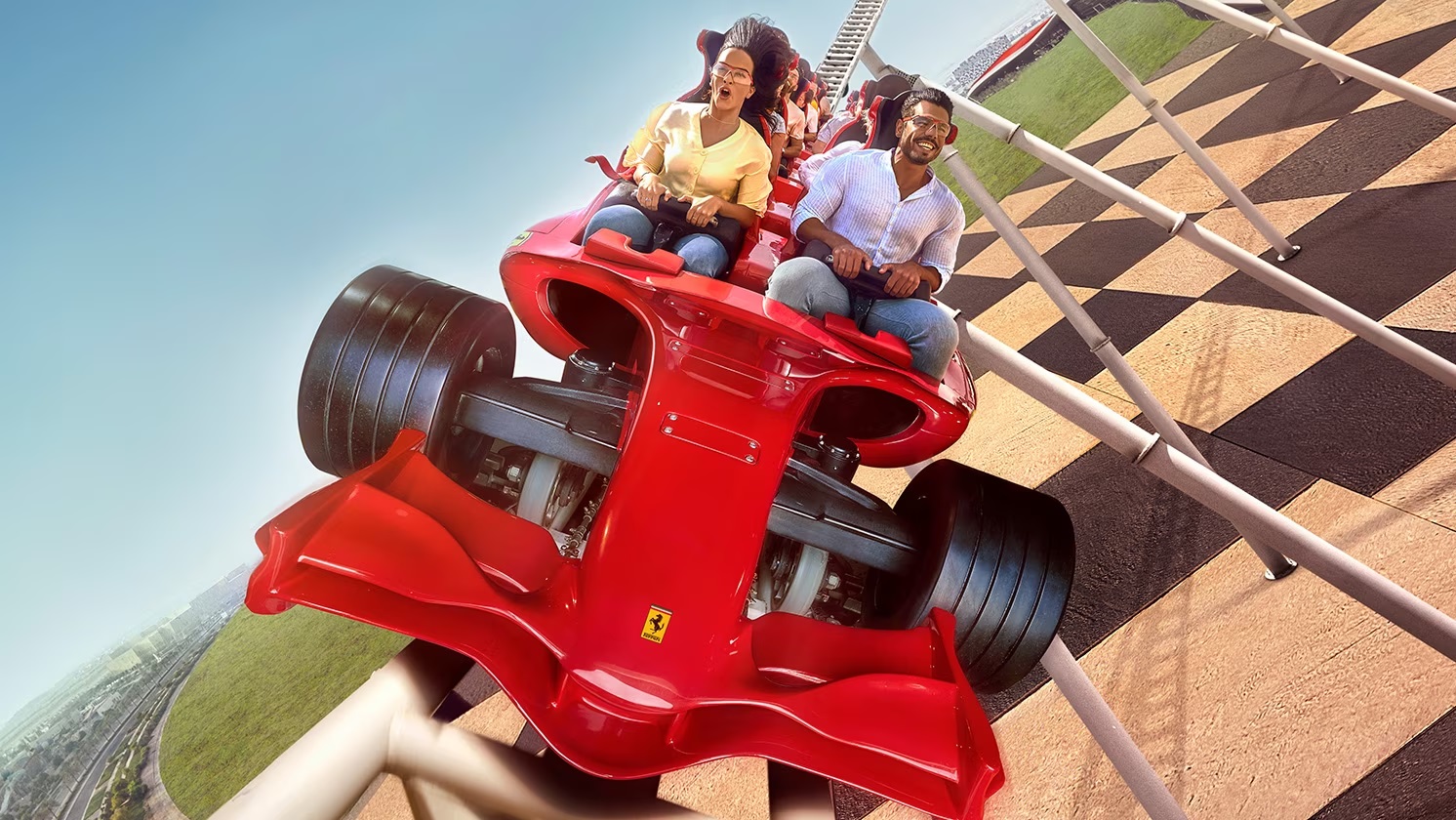
The Future of Launch Coasters
The opening of Maverick at Cedar Point in 2007 ushered in a new era for electromagnetic launches and many coasters of the last decade have utilized electromagnetic launch technology. In fact, it is almost more common for new coasters to feature some type of launch than to not feature them in recent years. From Guardians of the Galaxy: Cosmic Rewind at Walt Disney World to DarKoaster at Busch Gardens Williamsburg, we are seeing electromagnetic launch technology utilized in thrilling and innovative ways.
Construction is well underway on the recently announced Top Thrill 2, the world's tallest and fastest triple-launch coaster which all roller coaster fans eagerly await and is coming to Cedar Point in 2024.
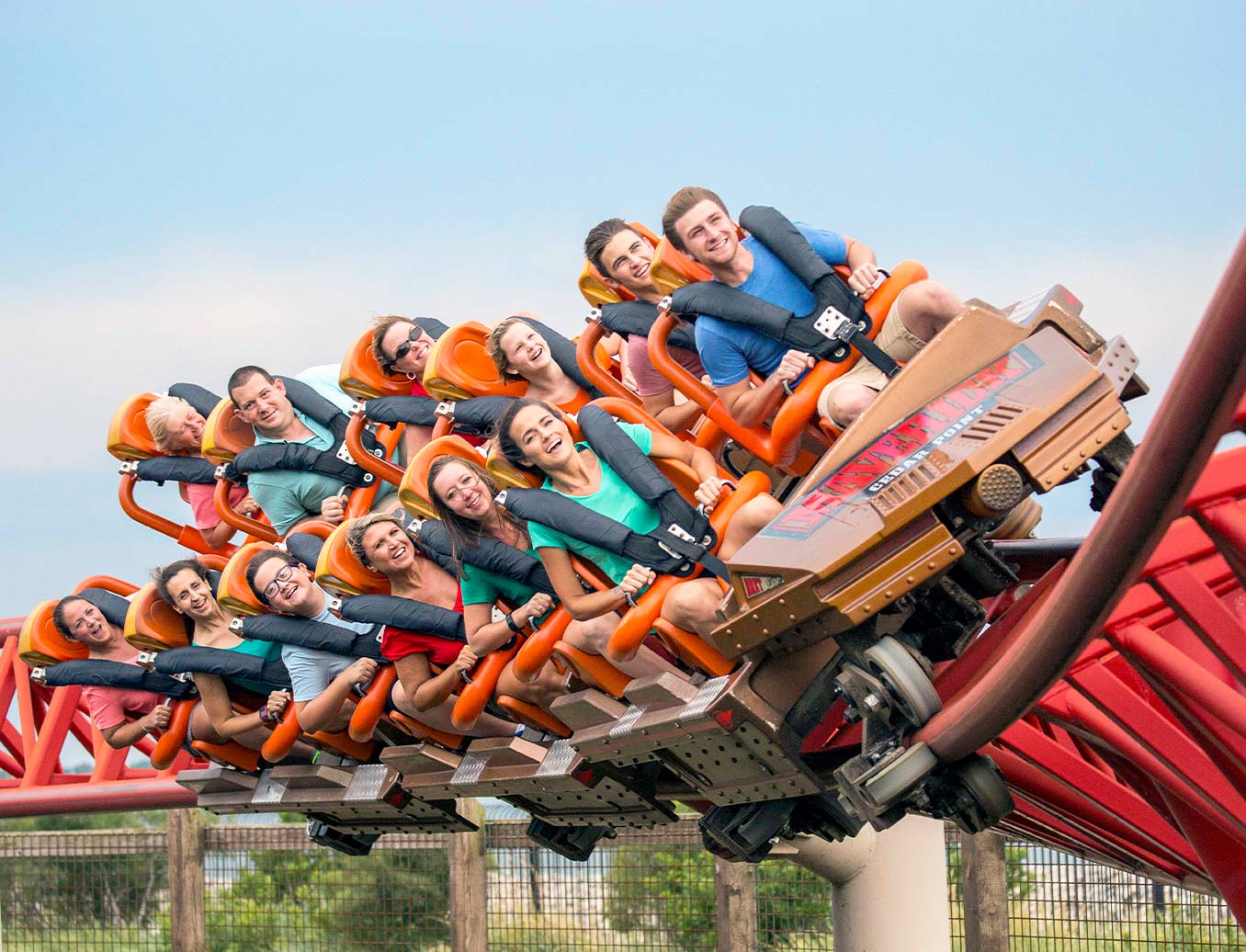
The evolution of launched roller coasters has been a journey driven by the desire to push the boundaries of speed, excitement, and intensity. From catapult mechanisms to groundbreaking electromagnetic technology, these coasters continue to captivate and delight coaster enthusiasts worldwide. As technology advances, we can only imagine the tremendous experiences that lie ahead for launched roller coasters. So, strap in, hold on tight, and brace yourself for the future of adrenaline-fueled thrills.

Add new comment